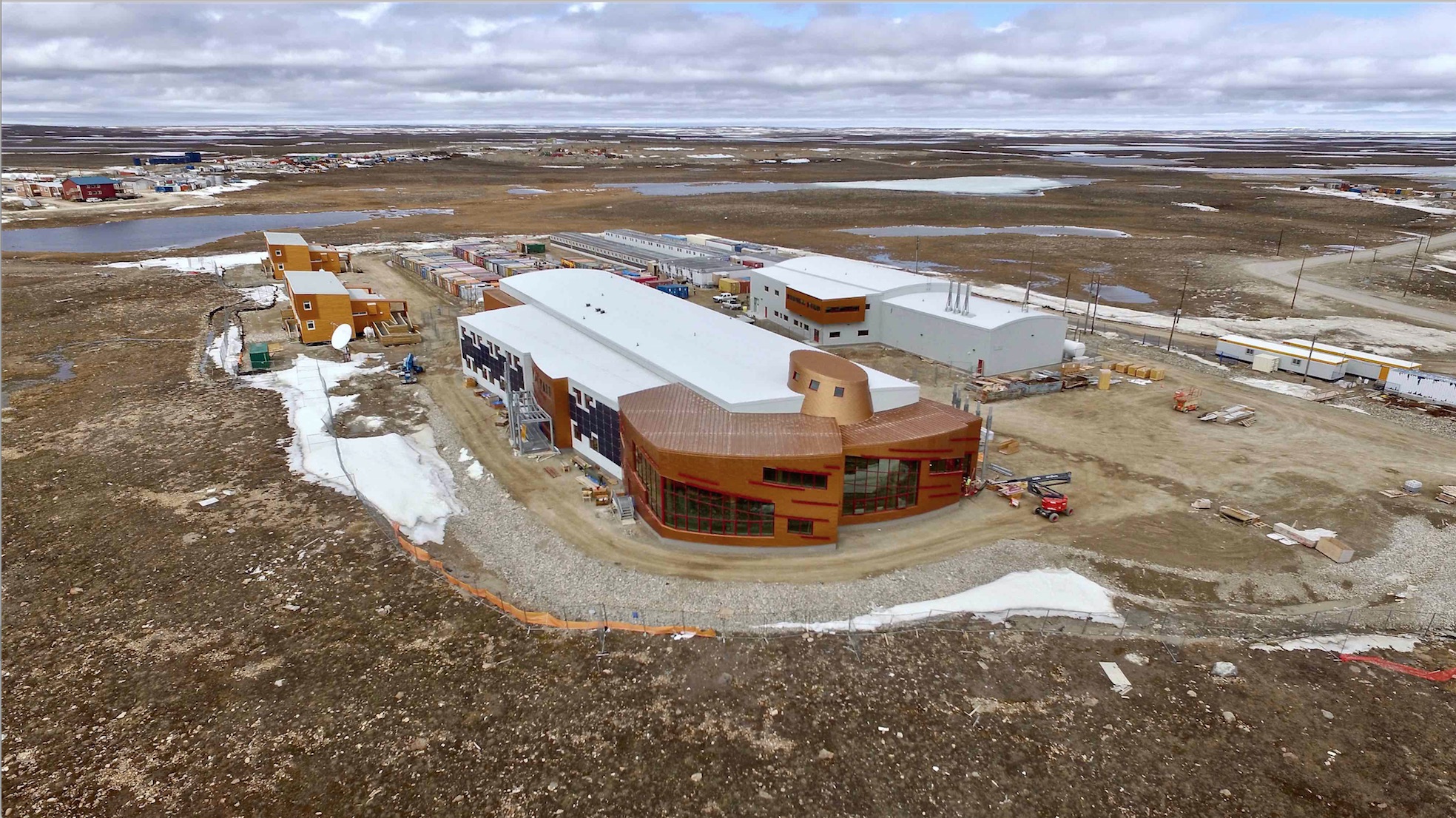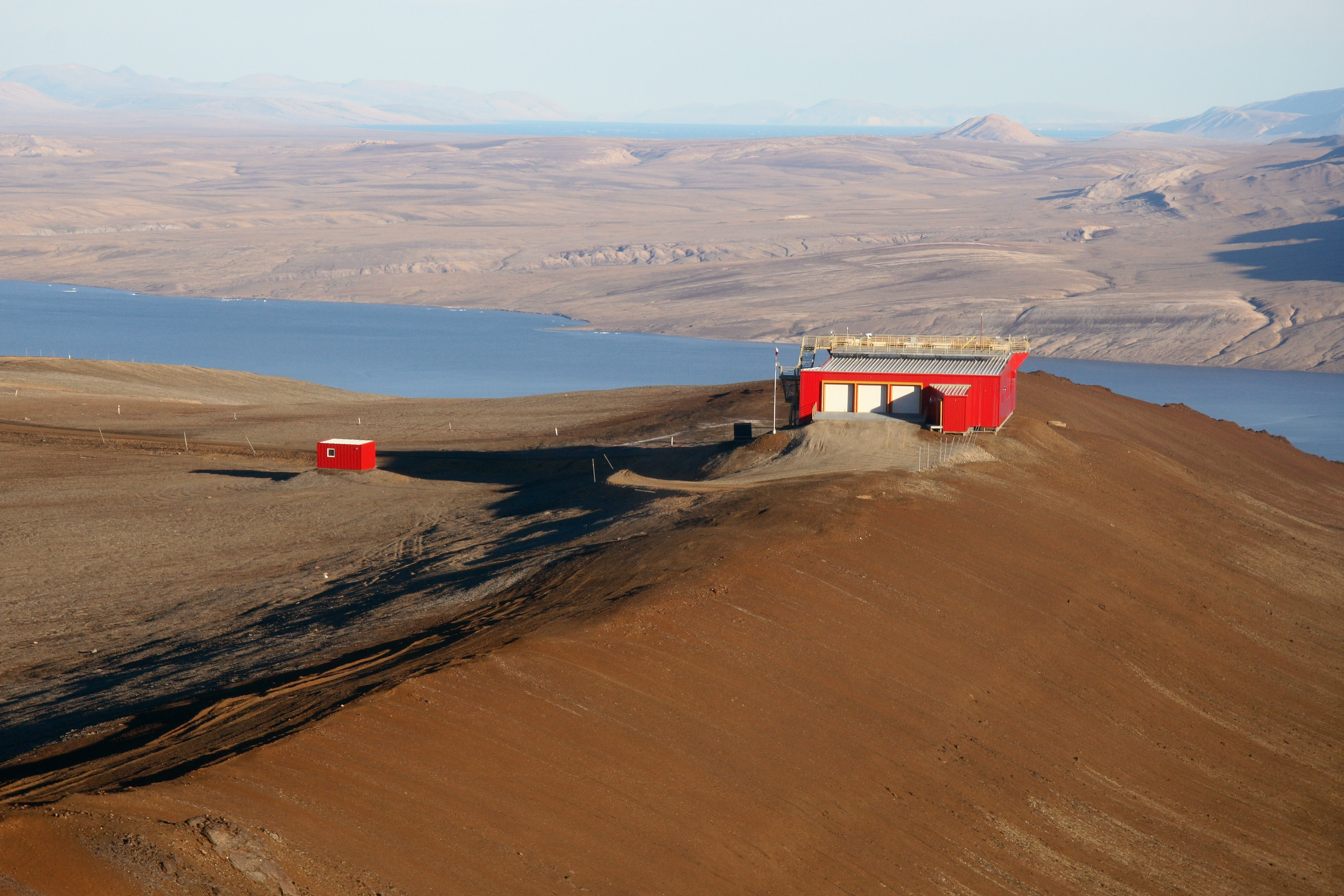Trudeau’s budget looks after science, giving Arctic researchers hope
The spending plan boosts fundamental science research — though it remains uncertain how much will flow to Arctic projects.

Canada’s federal government released a budget on Tuesday that offers science a big boost, but there are few clues as to how Arctic research will fare under this new plan.
“The tone is right, and I’m hopeful, but it will really come down to how this money trickles down into the Arctic research community,” said Jennifer Provencher, a postdoctoral fellow at Acadia University in Wolfville, Nova Scotia, who studies human effects on Arctic marine ecosystems.
The budget is “the single largest investment in investigator-led fundamental research in Canadian history,” said Finance Minister Bill Morneau in his budget speech on Tuesday.
[Previously: Canadian scientists are on edge about Arctic research funding]
Over the next five years, the government intends to invest CA$925 million into the country’s three granting councils, including CA$354.7 million into the Natural Sciences and Engineering Research Council and the Canadian Institutes of Health Research, and CA$215.5 million into the Social Sciences and Humanities Research Council.
The councils will share another pot of CA$275 million to support research that is “international, interdisciplinary, fast-breaking and higher-risk.” An extra CA$210 million over five years has been set aside to create 250 Canada Research Chairs for early career researchers by 2021.
“There is considerable funding for science, but it’s non-specific so we don’t know how much of that will end up with an Arctic focus,” said Jim Drummond, the principal investigator for the Polar Environment Atmosphere Research Laboratory (PEARL) on Ellesmere Island in Nunavut.

Among the Arctic-specific winners in the 2018 budget are Polar Knowledge Canada (POLAR) and the CCGS Amundsen, Canada’s research icebreaker.
The government has set aside $20.6 million over four years, beginning in 2019-20, and CA$5.2 million thereafter, to POLAR to support the Canadian High Arctic Research Station and “enable world-class cutting-edge research.” The budget also includes CA$763 million over five years for the Canada Foundation for Innovation, which funds research infrastructure. It will support the Amundsen through its Major Science Initiatives Fund.
The government will also spend CA$82 million to create a permanent Inuit Health Survey. In all, over CA$500 million targets Inuit priorities, from eliminating tuberculosis in Inuit Nunangat (the four Inuit homeland regions in Canada stretching from Yukon to Labrador) to creating and expanding Canada’s protected areas, while putting the management of wildlife harvesting for food in the hands of the Government of Nunavut.
But there was no indication whether the government would renew or replace the Climate Change and Atmospheric Research program, which will run out of funding this year. One of its Arctic research stations, PEARL received CA$1.6 million last November, allowing it to stay open until 2019.
“It’s early days to figure out the exact implications,” said Paul Kushner, an atmospheric physicist at the University of Toronto who studies climate variability and change. “There may be other plans to offer the same kind of thing in a different framework.”
The Canadian Sea Ice and Snow Evolution Network, which Kushner leads, is shutting down.
“We stopped hiring some time ago, and others are moving on, some not staying in Canada. The longer we delay, the harder it is to get people in place to do the research,” he said.
Despite the limited amounts of targeted Arctic research funding, Provencher sees plenty of opportunities for Arctic researchers. Science, gender equity, Indigenous people and protected areas were among the government’s major themes in the 2018 budget. “It doesn’t say Arctic, but I think the Arctic will benefit.”